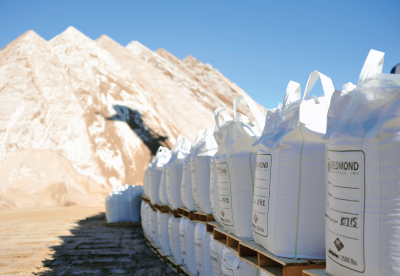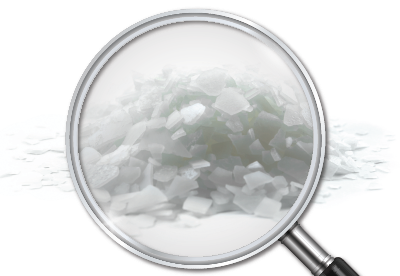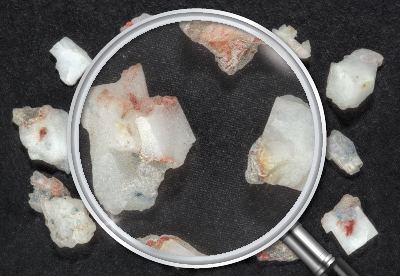Date October 6, 2022 | Brooke Loeffler
Is Ice Melting Exothermic or Endothermic?
Heat On The Move
The laws of thermodynamics tell us that energy cannot be created or destroyed. Instead, energy is transferred and changes forms constantly all around us. Some reactions require an input of energy, and some give off energy. The movement of energy can take different forms, such as light or heat.
Endothermic Reactions
Endothermic reactions need an input of energy (in the form of heat) for the reaction to start. The input of heat energy, from the surroundings, triggers the breakdown of chemical and physical bonds.
One of the most common endothermic reactions is the melting of ice. Heat is drawn in from the surroundings, triggers this reaction, and begins to break the chemical and physical bonds holding the ice together.

Exothermic Reactions
Exothermic reactions release energy (in the form of heat) into their surroundings. Examples of exothermic reactions include lighting matches, campfires, etc.

In fact, water freezing into ice is also exothermic. As water releases heat into its surroundings, its temperature lowers to its freezing point and ice is formed.
Thermodynamics and Winter Road Maintenance
Constant freezing, melting, and refreezing cycles wreak havoc on our roads during the winter. The goal of all winter road maintenance programs, is to encourage the endothermic reaction of ice melting, and interfere with the exothermic reaction of ice freezing.
Ice Adhesion
When water freezes into ice, its molecules interlock with each other to create hydrogen bonded, crystalline structures. Ice is capable of bonding, or adhering, to surfaces physically, chemically, and even electro-magnetically.
This adhesion can be difficult to break, especially on a rough road surface. Road safety agencies are continuously researching how to break ice’s bond on our roadways. The best road maintenance practices use a combination of both chemical and physical methods to break ice adhesion.
Physical:
- Construction of snow fences to prevent drifts from forming on the roadway
- Mechanical ice and snow removal with plows
Chemical:
- Preventative anti-icing applications to stop ice from adhering to roads in the first place
- Deicing treatments, during and after a storm, to trigger an endothermic reaction, lower ice’s melting point, and prevent or delay refreezing cycles
Not all chemical deicing treatments are created equal. Some products trigger more powerful endothermic reactions and perform better at lower temperatures. Click here to learn more about how different deicing ingredients work and can vary in strength.
Ice Slicer: High Endothermic Performance
Harvested from a Jurassic Era mineral deposit, Ice Slicer is nature’s perfect recipe for melting ice and snow. Over 60 trace minerals give Ice Slicer its signature reddish hue that boosts its endothermic performance.

This natural, darker color lowers Ice Slicer’s albedo factor so it can more efficiently capture heat energy from the sun to melt ice quickly. Other deicing treatments try to add artificial dyes to their products that can harm our environment. Ice Slicer doesn’t need any added chemicals to naturally outperform white salt, restore road safety quickly, and keep roads clear longer.
© 2024 Redmond Minerals Inc.






